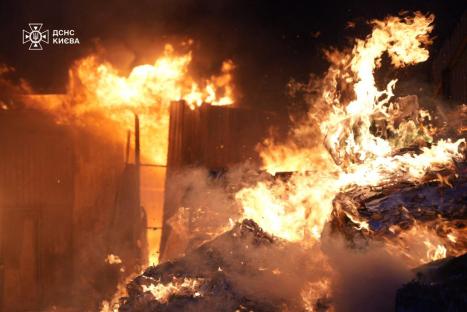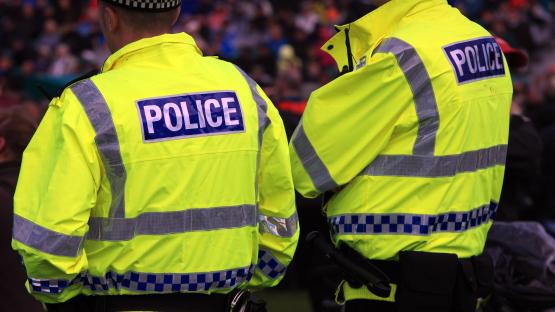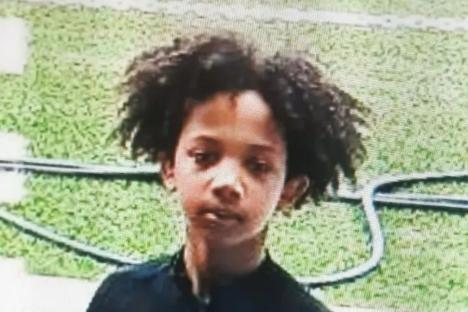As coronavirus cases and hospitalizations spike across the country, officials are urging Canadians to rethink their spring holiday plans this year — such as Easter and Ramadan.
Many provinces are battling high COVID-19 rates as deadlier, more transmissible variants are spiking among Canadians — especially young people.
Read more: Ontario government moves to activate 4-week, provincewide COVID-19 'emergency brake'
Some provinces like British Columbia, Ontario, and Quebec are reimplementing strict lockdown measures in order to curb the spread of the virus.
View link »On Wednesday, officials made a plea to people to stay home for Easter in wake of the new variants.
Federal Health Minister Patty Hajdu, Ontario Premier Doug Ford and Toronto Mayor John Tory urged people to stay home and hold on a bit longer.
Tory said if people can just get through one more cycle of holidays where people forego getting together, they can protect each other.
“Sacrifice those holidays that are very important holidays now, family holidays, faith holidays, sacrifice the getting together that goes with those normally … one more time, get vaccinated and we'll be back to a much more normal life before too long,”; Tory said during a media conference.
Ford added that Ontario saw a “little jump” at Christmas when everyone got together, so, “please be patient” and stay home for Easter and Ramadan.
If you are thinking of making Easter plans outside your family bubble, here's a look at what happened during past holidays amid the pandemic.
Thanksgiving 2020 spike
Over the summer, it appeared Canada had flattened the curve of the pandemic. However, by early fall, the number of new infections began to rise steadily again. And Thanksgiving made the already climbing numbers, skyrocket.
On Sept. 23, Prime Minister Justin Trudeau announced that many areas of the country were already experiencing the second wave of the pandemic.
READ MORE: Canada could see ‘grotesque’ spike in coronavirus cases after holidays, expert says
On Oct. 12, Thanksgiving Day, Canada had a total of 184,645 confirmed cases of the virus. In the 14 days after the holiday, more than 35,000 new cases were detected, reaching 219,982 infections by Oct. 26.
Ontario's Health Minister Christine Elliott previously said that Thanksgiving gatherings were one of the factors for the surge in COVID-19 cases in the province.
On Oct. 12, the province had 728 new infections. In one month that number shot up to 1,299 new cases.
And in Alberta, the province's chief medical officer of health, Dr. Deena Hinshaw, and Premier Jason Kenney said the sharp rise of coronavirus cases in the fall was linked to cold weather and people beginning to gather indoors — particularly during the holidays.
“This spike really seemed to kick off here with Thanksgiving, with social and family gatherings,”; Kenney said on Dec 17. “We think people also had some Halloween gatherings against our advice.”
On Oct. 12, there were 254 new cases in the province. On Nov. 12, Alberta recorded 748 new COVID-19 cases.
Manitoba was hit especially hard by the post-Thanksgiving COVID-19 spike.
On Dec. 11, the province’s chief public health officer, Dr. Brent Roussin, said the death rate in Manitoba increased by more than nine times since Thanksgiving.
On Oct. 11 the province recorded 66 new cases, and on Nov. 11, there were 363 new cases.
December holidays spike
Although the spike in infection numbers was not as severe as it was after Thanksgiving, Canada still saw a rise in cases after the December holidays.
Provinces like B.C. and Manitoba were able to keep the numbers down after the holidays, but Ontario, Quebec and Saskatchewan all experienced a post-Chrismas spike.
Read more: B.C. sees favourable trend in COVID-19 cases over the Christmas holiday
On Dec. 25, Canada recorded 5,744 new coronavirus cases across the country. A few weeks later, on Jan. 8, the nation recorded 8,883 new cases before there was a drop.
In Ontario, there was a spike in coronavirus cases after the holidays, according to public officials.
On Dec. 25, the province recorded 2,281 new cases. Then on Jan. 11, Ontario saw a spike of 3,555 new cases before the infection rate started to drop again.
In Quebec, the province had 2,190 new coronavirus cases on Dec. 25, and a few weeks later, on Jan. 9, the province recorded 2,640 cases.
Saskatchewan recorded 168 new cases on Christmas Day. On Jan. 17, the number shot up to 353 new COVID-19 cases before infection rates started dropping.
— With files from Global News' Hannah Jackson





